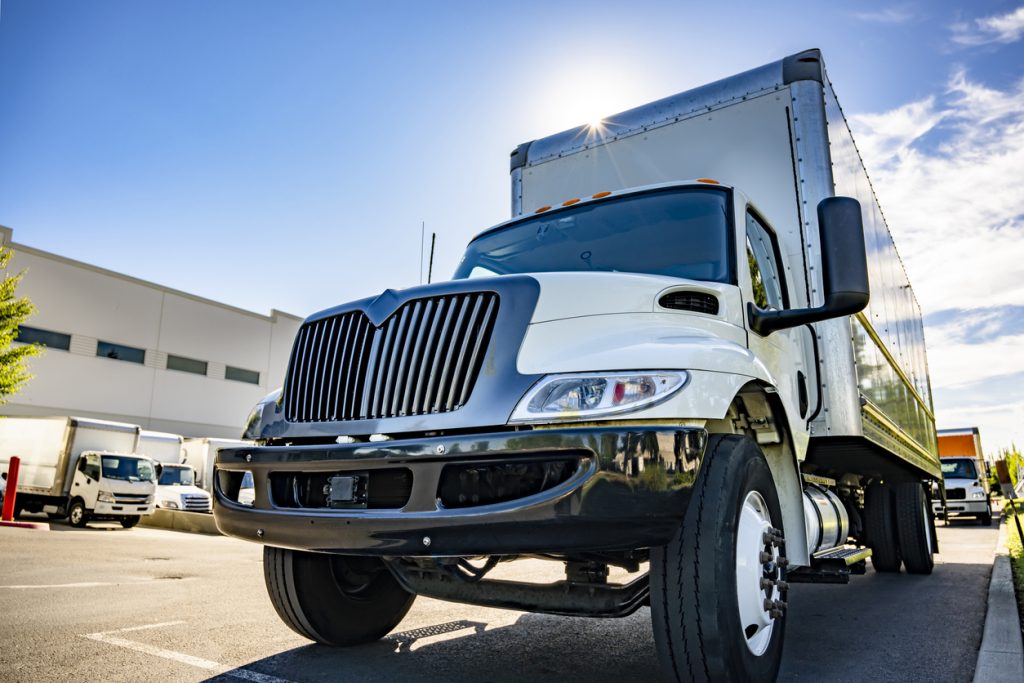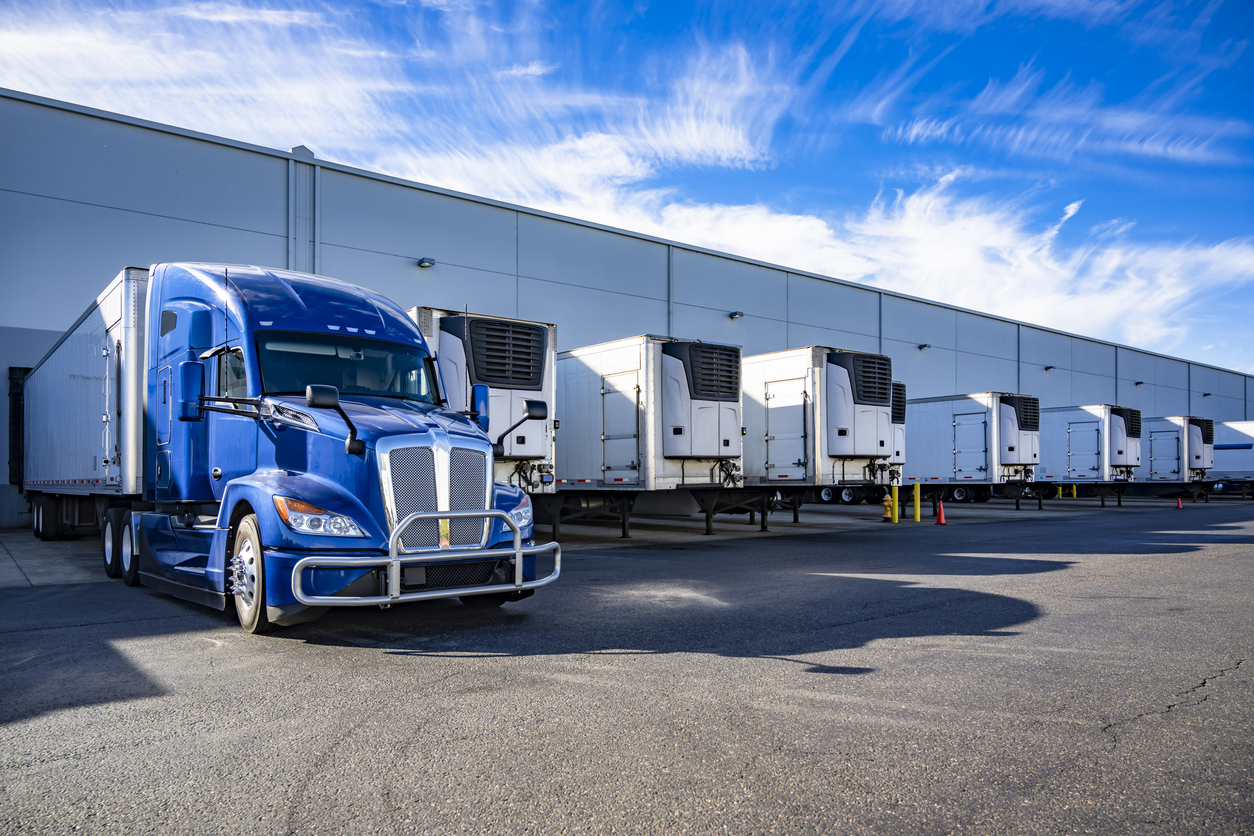Navigating commercial and personal vehicle classifications is one of the first hurdles new drivers face, especially when distinguishing between large transport vehicles. The difference between semi-truck and truck isn’t merely about size; it also encompasses function, construction, legal classification, and licensing requirements. Gaining clarity on these distinctions is vital for new drivers to avoid confusion, stay compliant with transportation laws, and ensure road safety.
What Defines a Truck and a Semi-Truck Legally and Mechanically?
To understand the difference between semi-truck and truck, it helps to first clarify the definitions. A truck is a general term that includes all vehicles designed primarily to transport cargo. This encompasses light-duty pickups, box trucks, dump trucks, and large commercial haulers. In contrast, a semi-truck — sometimes called a semi-trailer truck, 18-wheeler, or articulated lorry — consists of a tractor unit and one or more detachable trailers. The “semi” refers to the trailer that lacks a front axle and relies on the tractor for support.
While every semi-truck is a truck, not all trucks are semi-trucks. This nuanced classification holds weight when it comes to licensing, insurance, and safety protocols, especially for those new to driving large vehicles.
Key Structural Differences Between Semi-Trucks and Other Trucks
A foundational part of the difference between semi-truck and truck lies in how they are constructed. A semi-truck features a fifth-wheel coupling that allows the trailer to pivot and detach, offering flexibility in logistics and loading. Conversely, traditional trucks like dump trucks or box trucks are often single-unit vehicles, meaning the cargo area is permanently attached to the cab.
This structural variance impacts more than maneuverability. It affects weight distribution, turning radius, braking distance, and visibility — all critical factors that new drivers must master. The semi-truck’s articulation point requires advanced training to handle tight corners and reversing, something that typical trucks do not demand to the same extent.
Licensing Implications for Semi-Trucks vs. Trucks
The difference between semi-truck and truck is clearly reflected in licensing standards. Driving a semi-truck typically requires a Class A Commercial Driver’s License (CDL), while driving a smaller commercial truck may only require a Class B CDL or even a standard driver’s license depending on the vehicle’s Gross Vehicle Weight Rating (GVWR).
Federal Motor Carrier Safety Administration (FMCSA) regulations establish licensing categories based on weight thresholds and cargo types. For instance, a semi-truck hauling over 26,001 pounds with a towed unit exceeding 10,000 pounds mandates a Class A CDL. New drivers seeking a career in long-haul trucking must be aware of these rules and the testing involved.
For official licensing rules, drivers can refer to the U.S. Department of Transportation’s CDL requirements to better understand how different vehicle types are governed. This federal resource outlines qualifications, endorsements, and disqualification scenarios critical to a commercial driving career.

Usage and Application in the Real World
The difference between semi-truck and truck becomes obvious in day-to-day logistics and industry application. A semi-truck is primarily used for long-distance freight hauling, often operating across state lines and international borders. It is the backbone of supply chains, capable of carrying tens of thousands of pounds of goods in detachable trailers.
In contrast, trucks — such as box trucks or flatbeds — are more common in short-distance, urban, or construction settings. These trucks offer easier handling and parking capabilities, making them ideal for local deliveries, home services, and utility work. For new drivers, the choice between these two vehicle types often depends on their career goals, comfort levels, and the environments they expect to drive in.
Safety Considerations for New Drivers
There’s a significant difference between semi-truck and truck in terms of safety training. Operating a semi-truck demands enhanced understanding of air brake systems, trailer sway, coupling procedures, and DOT inspection protocols. In contrast, smaller trucks may share some safety concerns with passenger vehicles but still require caution, especially in visibility and blind-spot management.
Statistics from the National Highway Traffic Safety Administration (NHTSA) indicate that large trucks, especially semi-trucks, are more likely to be involved in multi-vehicle collisions due to their size and braking distances. New drivers should be thoroughly trained to handle these challenges and ensure compliance with both federal and state safety regulations.
The Economic Implications of Operating Each Vehicle Type
New drivers entering the logistics field may also need to weigh the difference between semi-truck and truck from a financial standpoint. Semi-trucks entail higher operating costs — including fuel consumption, insurance premiums, maintenance, and licensing fees. However, they also offer higher earning potential due to the scale of freight they can haul and the longer distances covered.
Smaller trucks are less expensive to purchase and operate but may generate lower revenue in owner-operator setups. The choice between the two may hinge on one’s willingness to invest in additional certifications and equipment, as well as the types of jobs pursued.
Operational Flexibility: Detachable Trailers vs. Fixed Cargo Beds
One distinguishing aspect of the difference between semi-truck and truck is the modular design of the semi-truck. The ability to switch out trailers makes it ideal for multi-load contracts and varied cargo. A truck with a fixed bed is limited to a single type of haul per trip, which can reduce efficiency and earnings.
This flexibility also plays into fleet operations. Larger companies prefer semi-trucks for their ability to rotate trailers quickly and minimize downtime. New drivers aiming for fleet-based employment should understand how trailer swapping and drop-and-hook logistics work.

Road Rules and Legal Restrictions Unique to Each Vehicle
A critical difference between semi-truck and truck is how road laws treat them. Semi-trucks are often subject to route restrictions, weight limits, and inspection mandates at weigh stations that smaller trucks might bypass. In addition, Hours of Service (HOS) regulations enforced by FMCSA apply primarily to semi-truck operators, dictating how long drivers can be on the road.
These regulations are designed to prevent fatigue-related accidents and ensure cargo safety. New drivers must familiarize themselves with these legal frameworks, which vary across jurisdictions but carry stiff penalties for non-compliance.
Insurance and Liability Considerations
Insurance policies vary widely between semi-trucks and trucks. The difference between semi-truck and truck is substantial when it comes to coverage limits, required endorsements, and liability in case of an accident. Due to the potential damage and cargo value involved, semi-truck insurance policies are costlier and more complex, often requiring specific endorsements for hazardous materials or oversize loads.
New drivers must consider these differences when deciding which type of commercial driving to pursue, especially if planning to become an independent contractor.
Training and Onboarding Requirements
While both semi-trucks and trucks require drivers to possess hands-on knowledge and skills, the training programs diverge significantly. New drivers must undergo more extensive training to operate a semi-truck, including federal Entry-Level Driver Training (ELDT) standards, which became mandatory in 2022.
These training programs cover crucial elements like pre-trip inspections, air brake usage, and logbook compliance. For a more accessible pathway, some new drivers start with smaller trucks and later transition to semi-trucks after gaining road experience and additional certifications.
Job Opportunities Based on Vehicle Type
New drivers must consider the career outlooks that stem from the difference between semi-truck and truck. Semi-truck drivers typically work for freight carriers, shipping companies, or operate independently under a DOT authority. These roles often involve cross-country routes, tight deadlines, and logistical coordination.
On the other hand, truck drivers may find employment with municipal services, local delivery businesses, or construction firms, offering shorter shifts and regional routes. The job flexibility, lifestyle, and pay structure differ significantly, making it essential to understand these implications before choosing a path.
Legal Penalties for Misuse and Misclassification
Incorrectly operating or misclassifying a semi-truck or truck can lead to legal penalties. This is another crucial difference between semi-truck and truck that new drivers should not overlook. Driving a semi-truck without the appropriate license can result in citations, vehicle impoundment, and disqualification from commercial driving.
Furthermore, companies can face compliance audits if their fleets are found to be misrepresented or improperly maintained. Ensuring the right categorization and usage not only avoids fines but also promotes safety and professional integrity.

Environmental Impact and Regulatory Oversight
Another often overlooked difference between semi-truck and truck is their environmental footprint. Semi-trucks consume more fuel and emit more greenhouse gases due to their size and distance traveled. As a result, they are more frequently targeted in emissions regulations, such as the Environmental Protection Agency’s SmartWay program.
Smaller trucks, particularly those powered by alternative fuels, may be exempt from some of these regulations. For eco-conscious drivers or those seeking to align with sustainability mandates, this aspect plays an important role in long-term decision-making.
Final Thoughts: Navigating the Commercial Driving Landscape
For new drivers, understanding the difference between semi-truck and truck is far more than a matter of terminology. It shapes licensing, legal responsibility, career trajectory, and day-to-day vehicle handling. Whether pursuing local jobs in rigid trucks or entering the high-stakes world of semi-truck logistics, the decision requires a foundational understanding of these two vehicle classes.
To further explore this topic, new drivers can consult this detailed comparison of semi-truck and truck provided by Swenson & Shelley for practical insight and legal context.
